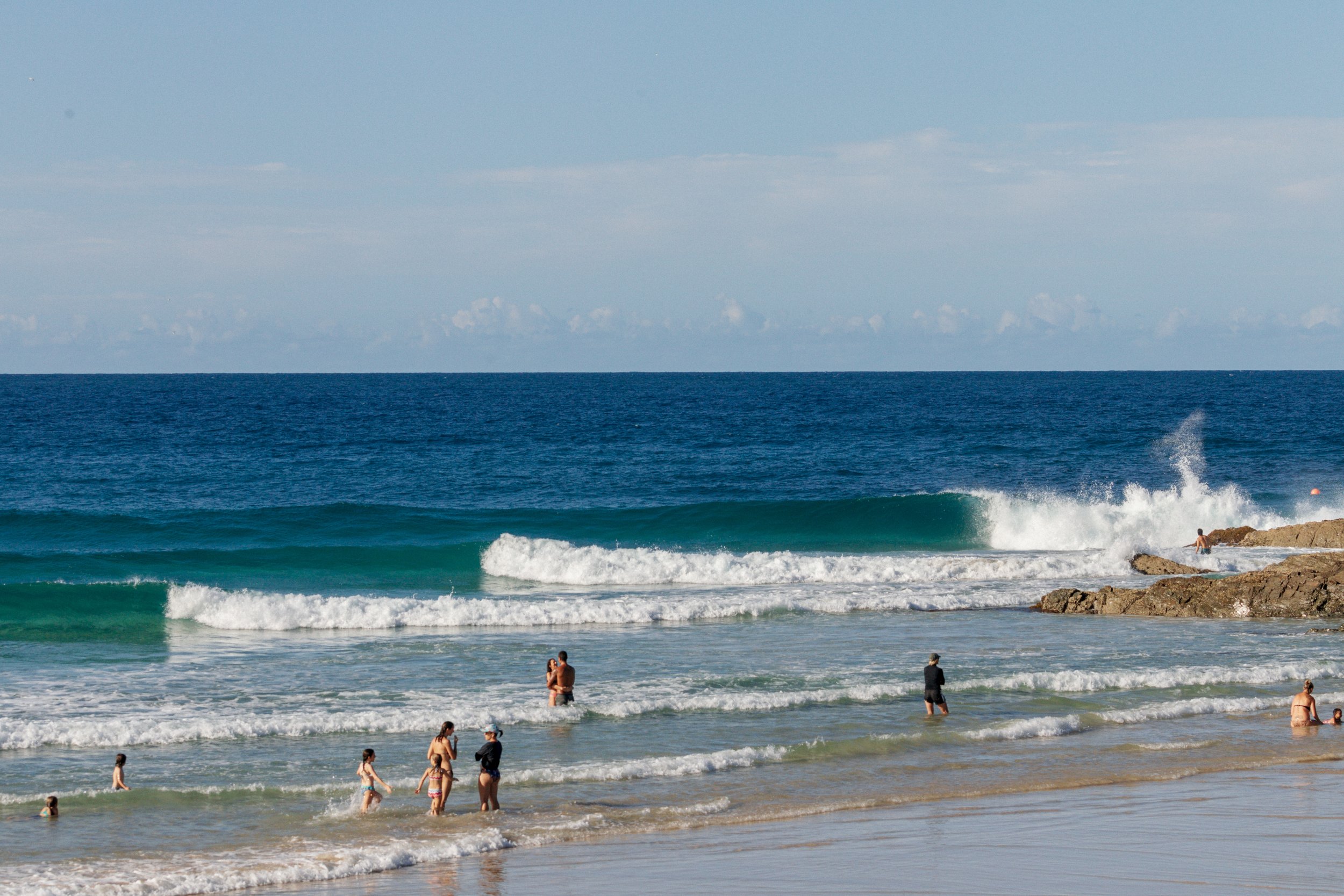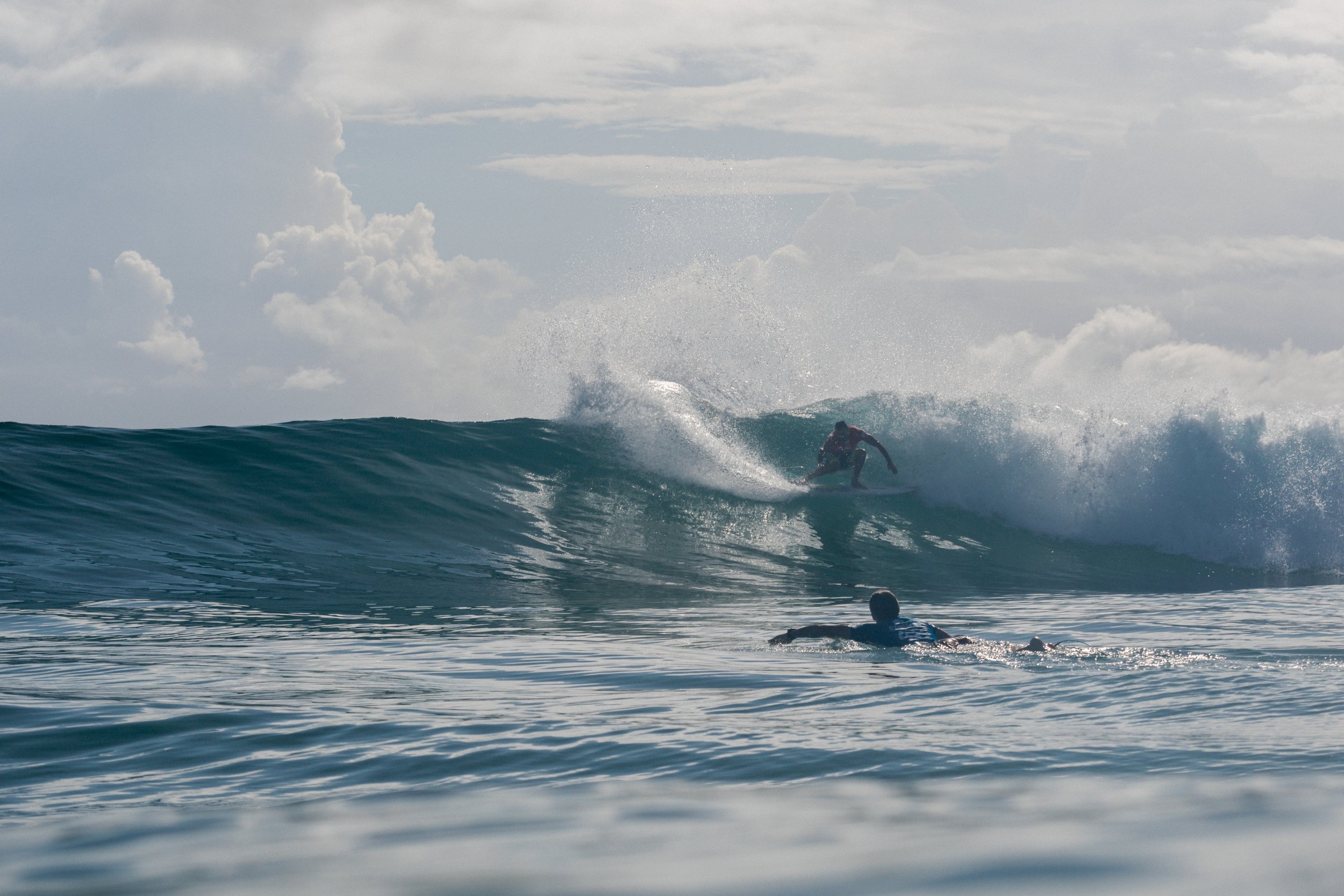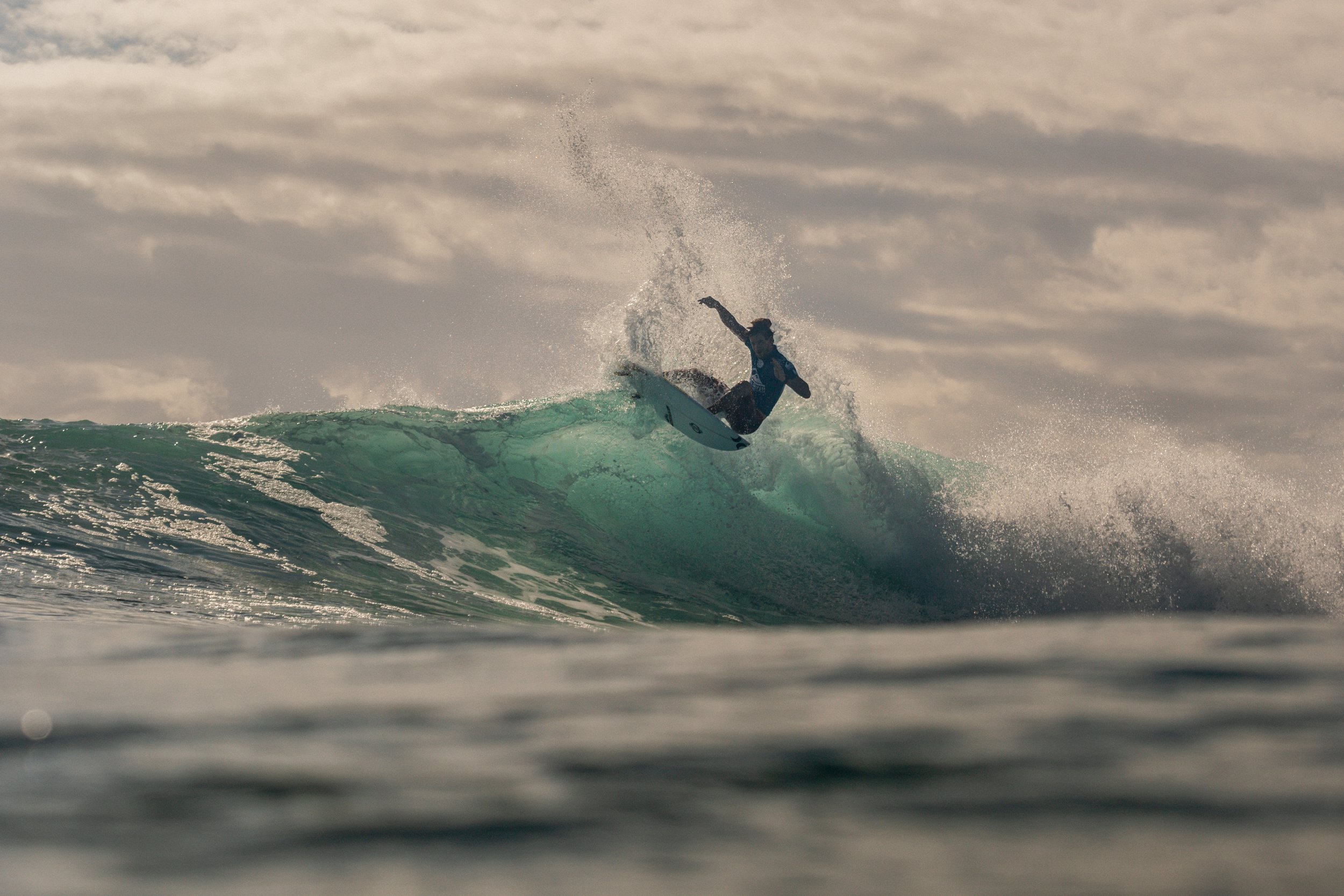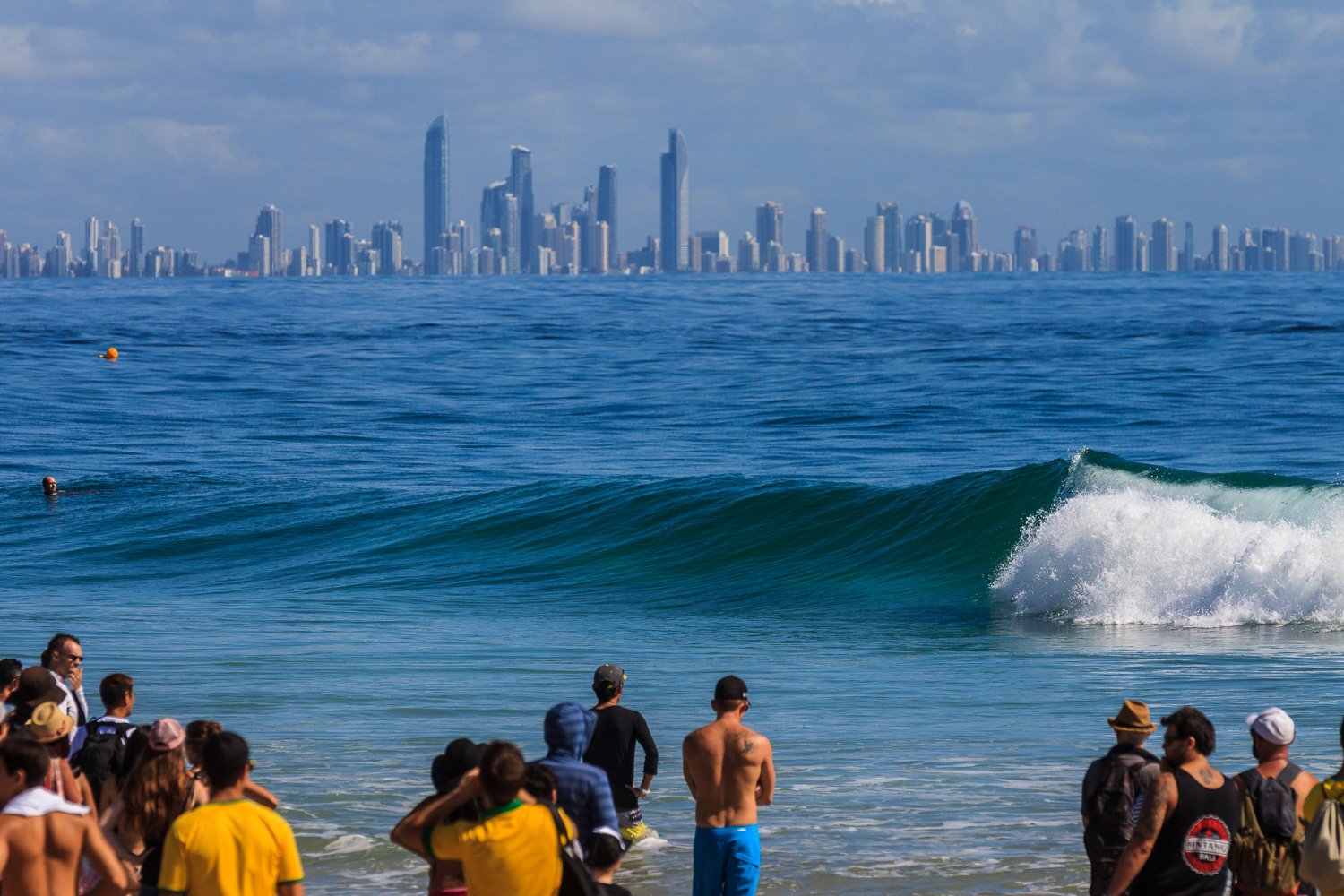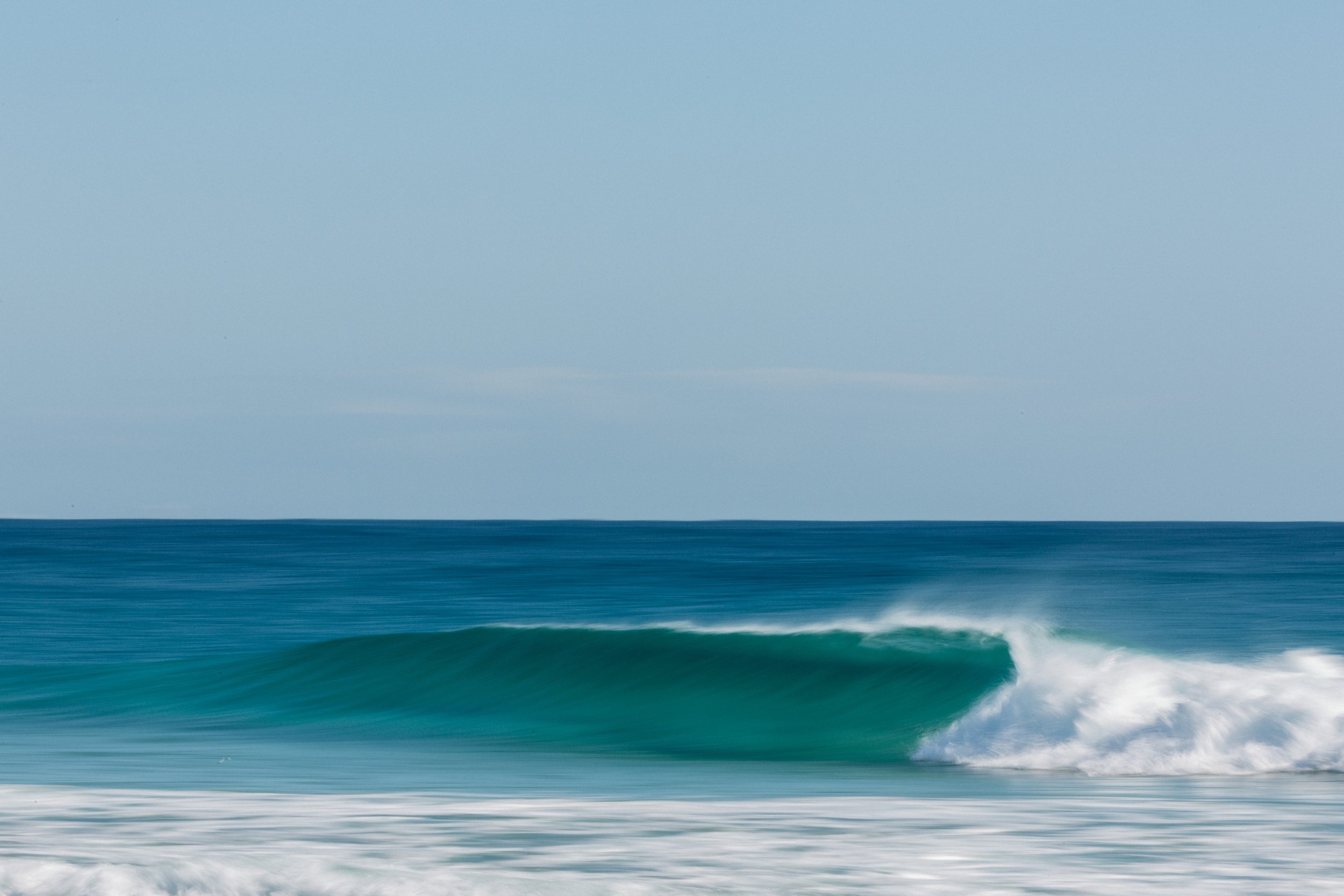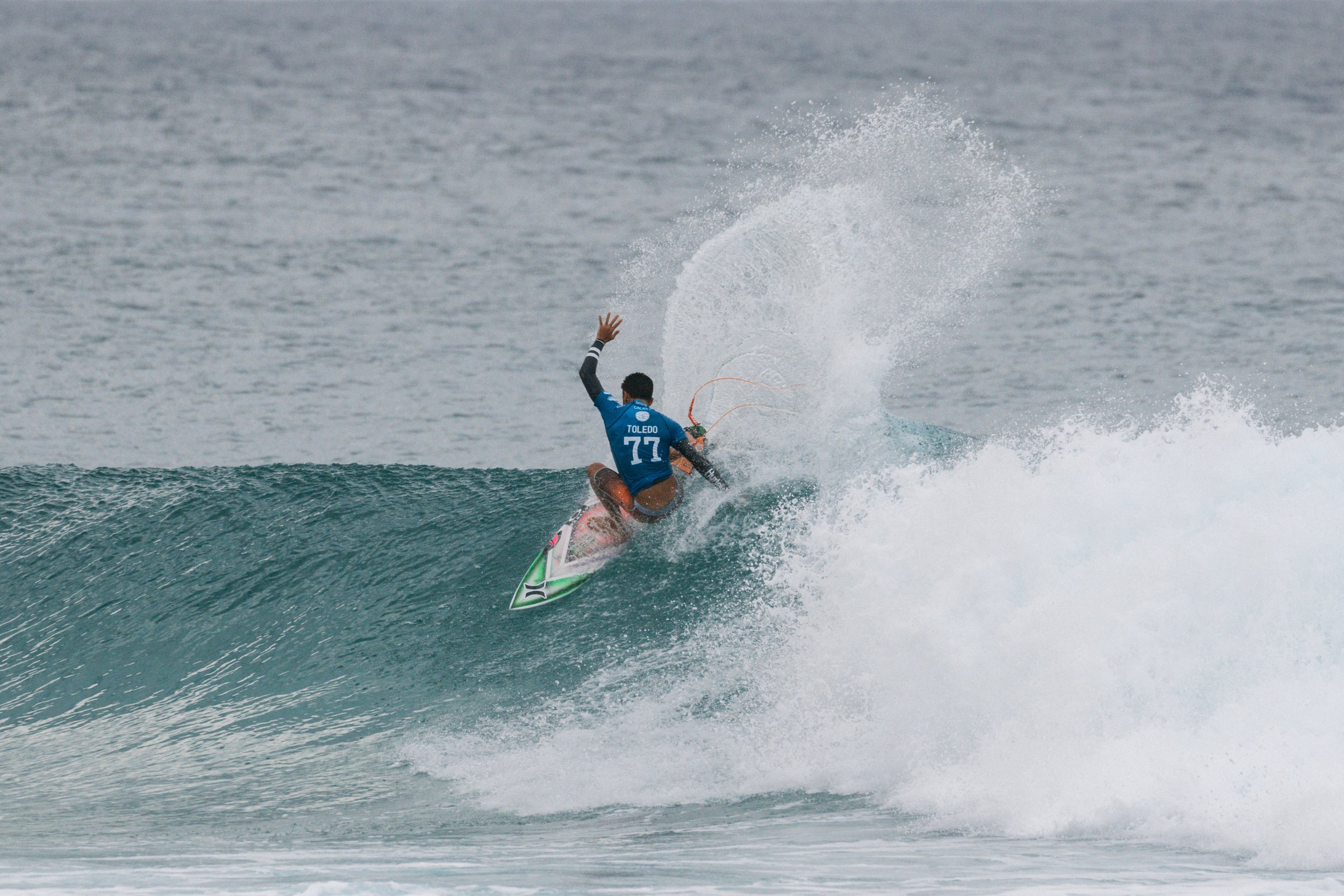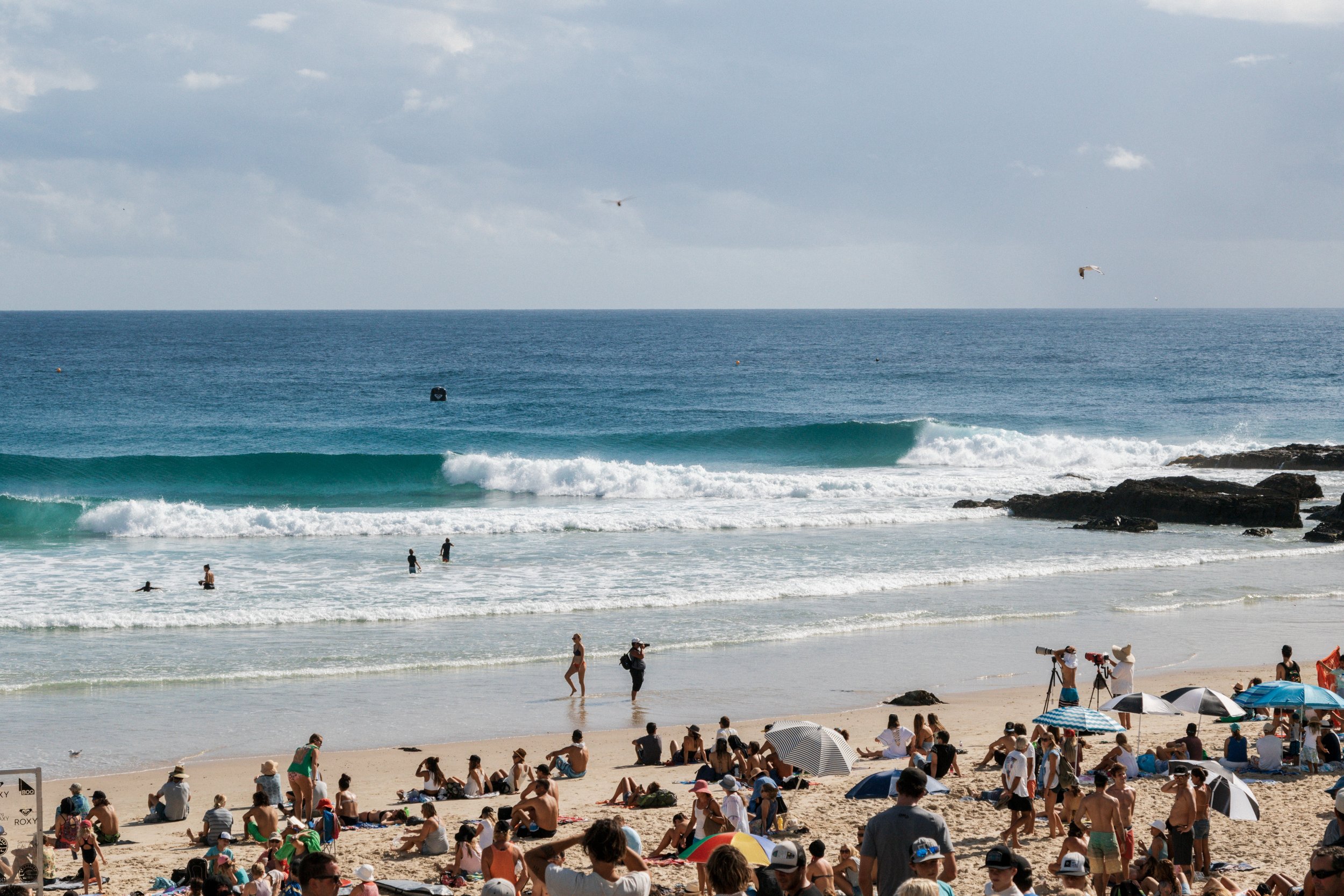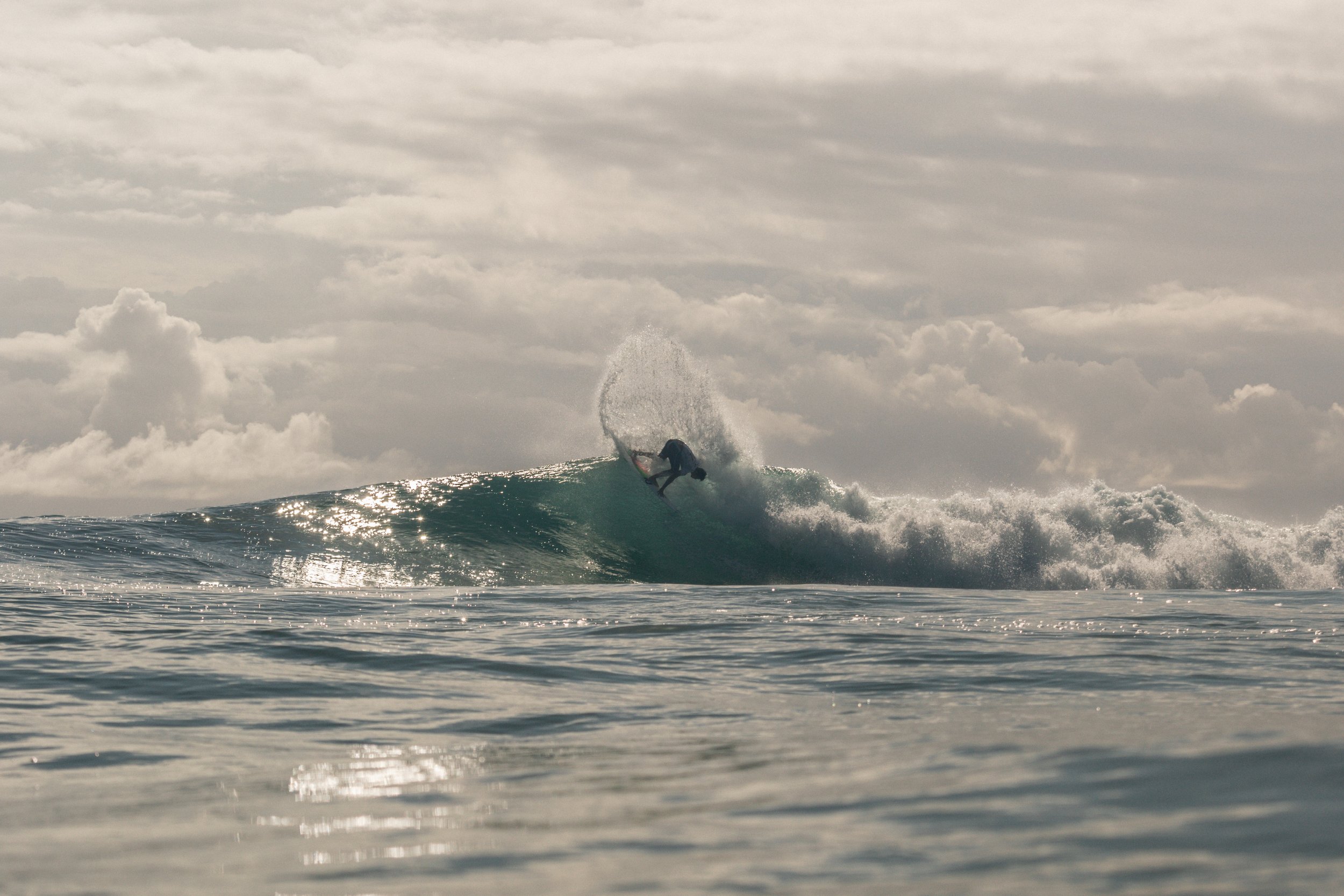How To Build A Superbank
When humans tinker with or modify Mother Nature, sometimes the results are irreversible; sometimes they’re not. If anything is true, though, every cause has an effect, and as surfers, we’ve seen our fair share of incredible surf breaks perish after messing with the coastline or adding a pile of rocks into the mix. We take a look at this cause and effect on some of our favorite past (and present day) surf spots in a series we call “Unintended Consequences.”
Unintended Consequences
Indeed, these consequences that occur when humans monkey with Nature is particularly evident when it comes to natural sand flow. But alas, some miracles are unexpectedly made when the science, natural elements, and knowhow blend into a delicious symphony of the senses.
Enter: Snapper Rocks, or moreover, the entire Superbank. How was this tasty, surfing world wonder created? Let’s back it up a bit...
The renowned expanse of sandbar pointbreaks on the Gold Coast of Australia now known as the Superbank was not a natural phenomenon. It was created through a combination of natural processes and a man-made engineering project involving sand management. In essence, the adjacent Tweed River's sand was strategically moved to fill in gaps between the existing surf spots Snapper Rocks, Greenmount Point, and Kirra Point, eventually creating a long, unbroken sandbar that produced truly world-class rides. It produced that, and a whole lot of tourism and surf-based industry.
But pre-1960s was the Superbank’s natural state. As in, sand flowed from the many beaches south of the Tweed River across the rivermouth and around to Snapper. In 1962, however, training walls were built at the rivermouth, blocking the natural sandflow from the south and starving beaches north of Snapper.
Then, from 1967-75 heavy cyclone swells caused deep coastal erosion from Kirra north, while sand banked up south of the Tweed. Local sand replenishment projects helped, but they weren’t enough.
In the year 2000, though, a permanent solution was found: an ingenious sand bypass pumping system, that carried the southern sand past the Tweed rivermouth and on to the coastline at Snapper. Eureka!
Thus, by mid-2001, the Superbank had formed, turning Snapper Rocks and its neighboring points into an astounding, mile-long world class wave, and a perennial, open-season stop on the WSL (then-ASP) Dream Tour. A true bucket list surf destination for all skill levels of surfer.
Certainly, an unintended consequence that any surfer would appreciate, thanks to a radically effective sand replenishment feature that turned the natural sand-flow into a modern miracle.

